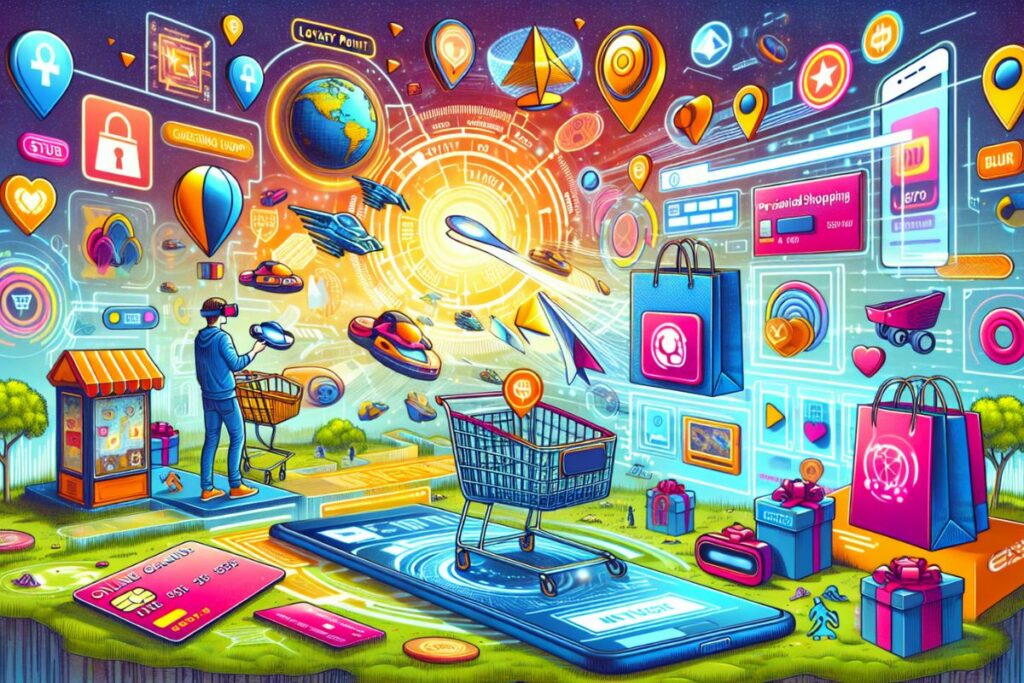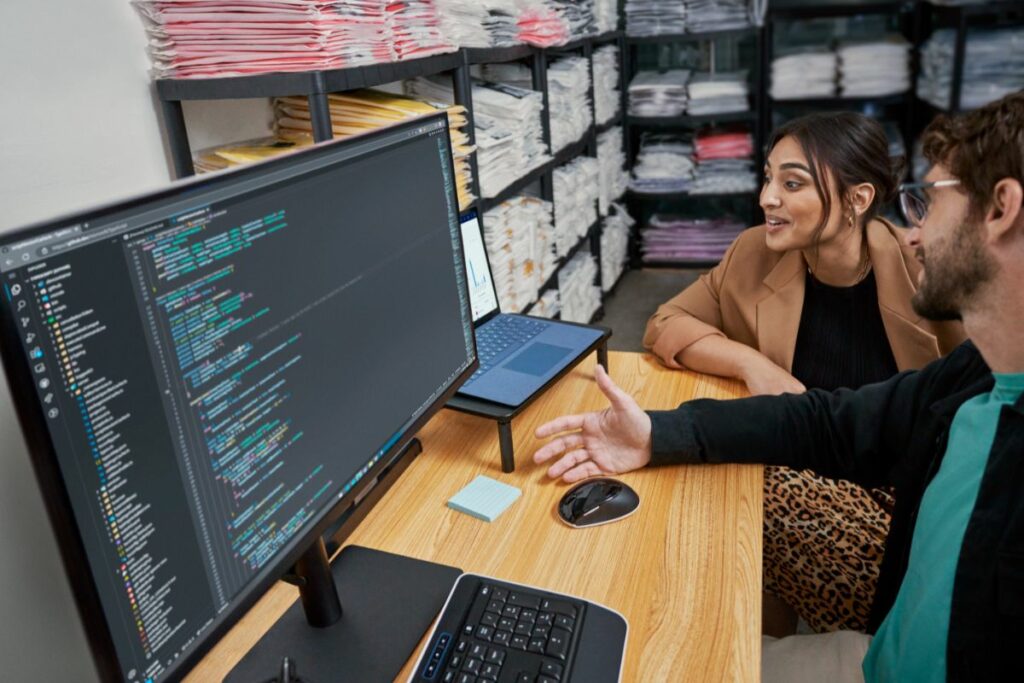Most retailers’ stores are back open again after a period where many were forced to temporarily close due to the pandemic.
From 12 April, all those retail premises deemed non-essential during the coronavirus crisis started welcoming back customers.
Despite the obvious challenges of the last 15 months – not to mention the industry uncertainty caused by the forthcoming end of a rent moratorium on 30 June, when a ban on commercial evictions and debt collection lifts, the reopening has excited the industry.
Early figures from Springboard, a consultancy measuring footfall in shopping areas, showed an initial healthy level of traffic when doors reopened – although it soon steadied in the following weeks. The questions many in the industry are asking revolve around whether there have been any permanent changes in shopping behaviour due to Covid.
It was against this backdrop that Retail Gazette and tech company Elo Touch Solutions hosted a virtual roundtable event with a diverse range of retailers and brands, brought together to discuss the 21st century retail store and all it entails.
The event welcomed store bosses, tech executives and commercial directors from Costa Coffee, Currys, Dune, Estee Lauder, John Lewis, Mulberry, Sainsbury’s, and William Hill.
From how retailers understand what consumers want from stores, the role of self-service in a shop and checkout-free Amazon Fresh, to the pandemic bringing back meeting and greeting staff at the front of a store, the range of discussion topics was diverse.
Looking after staff and customers
Formats and functionality of stores continues to evolve, especially with so much more shopping going online in the last 15 months – the common estimate has it as settling at just under 30% of total retail sales in the not too-distant future. For some retailers, it will make up much more of a proportion of sales.
It means staff need to operate and engage with customers differently to how previous generations of shopkeepers did. There were several nods of recognition among the roundtable participants when the discussion turned to the scenario of shoppers arriving armed with information on their mobile phone, looking to gain further advice before leaving the shop to buy the product online.
It differs by sector, of course. You don’t get too many window shoppers in supermarkets, for example, but it is clear general consumer behaviour is changing, partly because of the advent of tech and eCommerce.
Pascal Medecin, a consultant but former Ralph Lauren global merchandising lead, said: “The store is more about service and social experience, which distinguishes it from digital commerce.
“Retailers should be using their physical space to stand out from the functional experiences associated with online shopping, in order to surprise customers and engage with them in a more authentic way.”
He added: “It’s important to merchandise stores in a way that evokes different feelings and in doing so, increases conversion and drives brand engagement.”
One roundtabler said there are now eight distinguishably different customer missions in his retailer’s stores. Prior to the Covid crisis there was only really one type of shopper journey, highlighting the rapid pace of change under way in the sector.
Those at the event discussed the need to make sure staff are taken care of as in-store customer journeys evolve. They need the right tools and training to do their jobs in a different way, said one retailer.
Ian Earnshaw, commercial director at Mulberry, told the roundtable: “At Mulberry we made the decision to remove the “sales” from the sales associate job title because we encourage a more experience and consultative-led approach among our team.
“This came in just before the pandemic, so now we will see how that works as traffic returns to stores following their temporary enforced closure. The word “convenience” is not often used in luxury but that is now part of our lexicon in terms of the experience we intend to provide to our customers.”
The Amazon Fresh effect and in-store tech
Amazon tends to disrupt most industries it enters. And with its recent launch into physical retail space in the UK, via the opening of the checkout-free Amazon Fresh shops – where visitors use the company’s app to check in before payment is taken automatically when they leave – other retailers are watching with interest.
One roundtabler said Amazon is “setting the pace for digital in-store experience”, but argued the use of mobile can be a “nuisance” when in a shop. Another participant said Amazon Fresh’s tech-led stores are a “novelty” rather than the future norm, but acknowledged the online titan causes other retailers to think how they can improve.
Medecin added: “Technology needs to have a purpose in store and not be placed there for the sake of it.
“It needs to eliminate frictions in the consumer journey and enrich the experience with the brand. Retailers need to pick their battles and they might want to use tech in shops as a way of acquiring customer intelligence – it needs to be there for a dedicated reason.”
Jim Foster, sales manager at Elo, and one of the roundtable participants, said there’s “no one-size-fits-all approach to how to set up a store in today’s market”, adding that each individual organisation and every sector has different priorities.
“There’s no denying, though, that there are major changes taking place in the physical retail space,” he remarked.
“The role of shop staff is changing to become more consultative, but many shoppers also want the option to self-serve when it suits them – it means retailers need to be something for everybody and that is leading to more in-store tech installations.”
Foster added: “Retailers will find their own way, but the pandemic may have forced many of them into making amendments to their stores sooner than they had planned. Lots of new consumer behaviours emerging from the Covid crisis are here for the long term.”


















